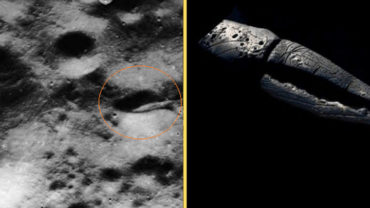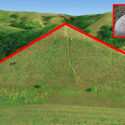The Pyramid Of Zawyet El Aryan: Is It Evidence Of A Lost Hi-Tech Extraterrestrial Technology?
Most people don’t know that besides the famous three pyramids at Giza, Egypt, two smaller pyramids have just their foundations left, one of which is the pyramid of Zawiet El Aryan.
One is known as the Unfinished North Pyramid of Zawyet El Aryan, situated around 5 kilometers southeast of Giza; the other, the Layer Pyramid, is smaller. According to several theorists, the pyramids aren’t incomplete; they were destroyed long ago. They believe that the underground structure isn’t a burial chamber or grave, and the granite bathtub uncovered by archeologists isn’t a coffin.
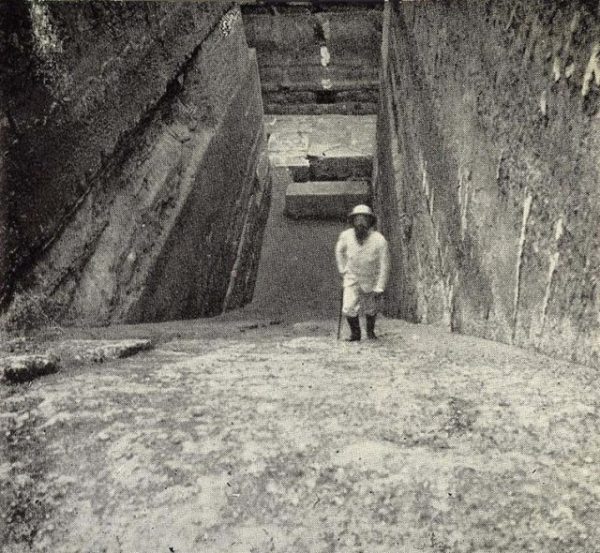
On the other hand, when searching online information on the unfinished North Pyramid of Zawyet El Aryan, you’ll find that it’s frequently not correct or misleading. To say, the origins of these old remains have remained a historical mystery to this day.
In 1900, Alessandro Barsanti, an Italian archaeologist, discovered the remains of the pyramid and began excavating it in 1904. His original report, written in French, describes the underground passages, the chamber, and the unusual circular bathtub. His description of this stone tub and how it was sealed and stored is incredible.
Despite Barsanti’s admiration for the high quality of the stonework on the falling well and the open region at the bottom, no one else paid attention to this monument.
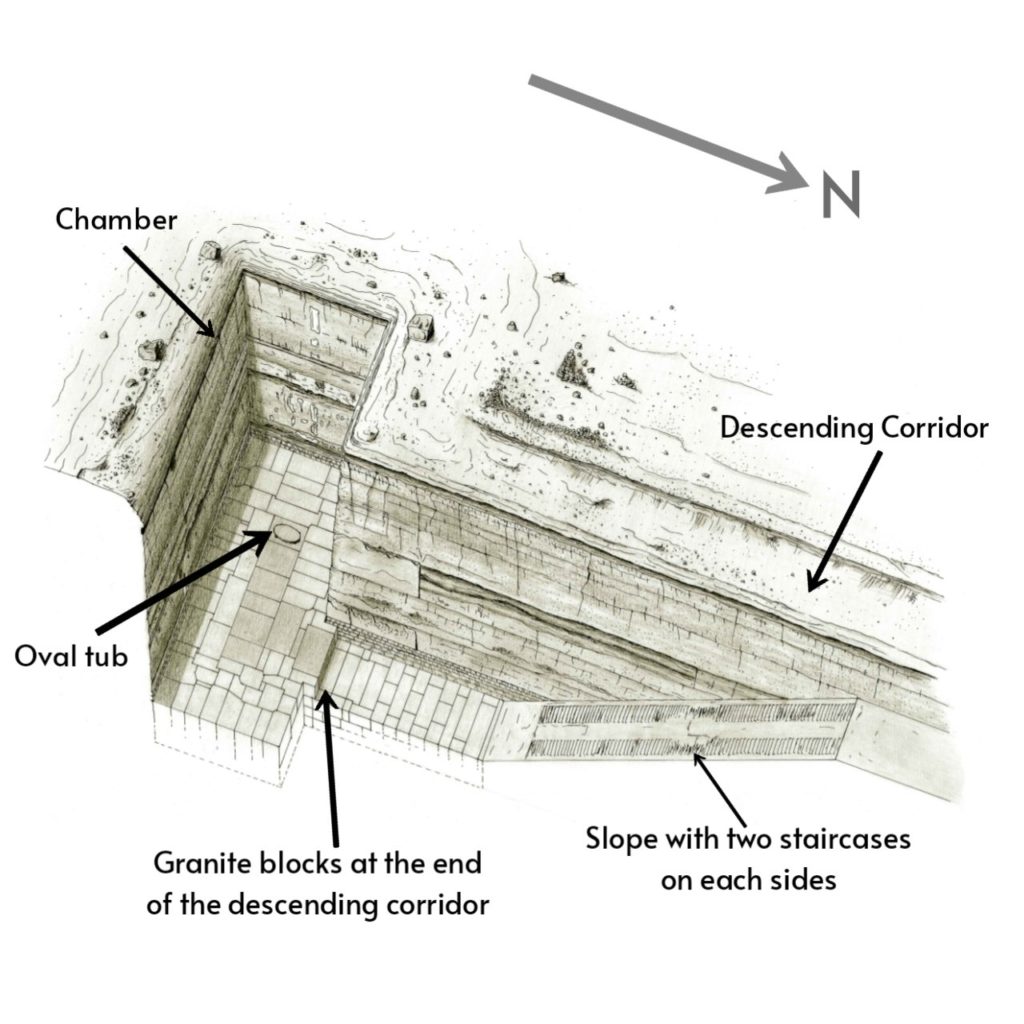
Since 1964, the pyramid has been in a restricted military region, prohibiting further excavation. Zawyet El Aryan’s North Pyramid base is built entirely of local limestone. Its base measures 200 meters long, making it nearly as tall as Giza’s Great Pyramid. A gigantic descending tree was carved from this rock, leading to an underground chamber.
Despite all of the stone chests (which were not sarcophagi) found in the pyramids were empty, and all of the pharaohs and aristocrats were buried in the Valley of the Kings, archaeologists continue to assign this interior chamber to a burial function, where the pharaoh was meant to be buried.
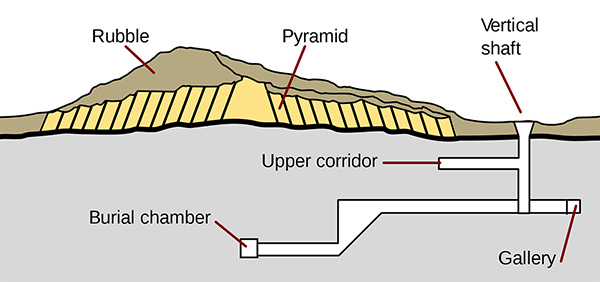
The structure and interior architecture of the pyramids, according to some researchers, imply that they were technical equipment designed to take energy from the earth and the cosmos and potentially harness it for a variety of uses.
Some suggest that the pyramid builders (in Atlantis) used liquids and gases inside the pyramids, which is noteworthy given the granite tank at the foot of the North Pyramid of Zawyet El Aryan. Others believe that the underground water veins produced electrical and sonic vibrations amplified by the pyramid structure.
Since the Atlanteans used a different technology and the relics were destroyed, we don’t know how the pyramids worked. Yes, many people have wondered about the age of the Great Pyramids and the Sphinx; as a result, many people believe that the majority of the pyramids were built during the Atlantean period.
When this intriguing metropolis vanished, and tremendous tsunamis wrecked the coastal plains, much of Egypt was left in ruins. After a few thousand years, the ancient Egyptians settled there, bringing the pyramids and everything else they discovered into their civilization.
We can see that, for example, some of the dynasty temples, which were composed of tiny stones, were placed over massive blocks of stone weighing several tonnes, which served as the Atlantean monuments’ residual foundation.
It has also been said that there was a failure in pyramid technology at some point, most likely when the Atlantean civilization came to an end and tragedies occurred.

